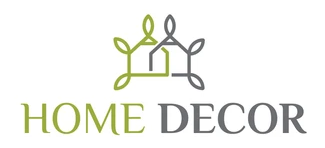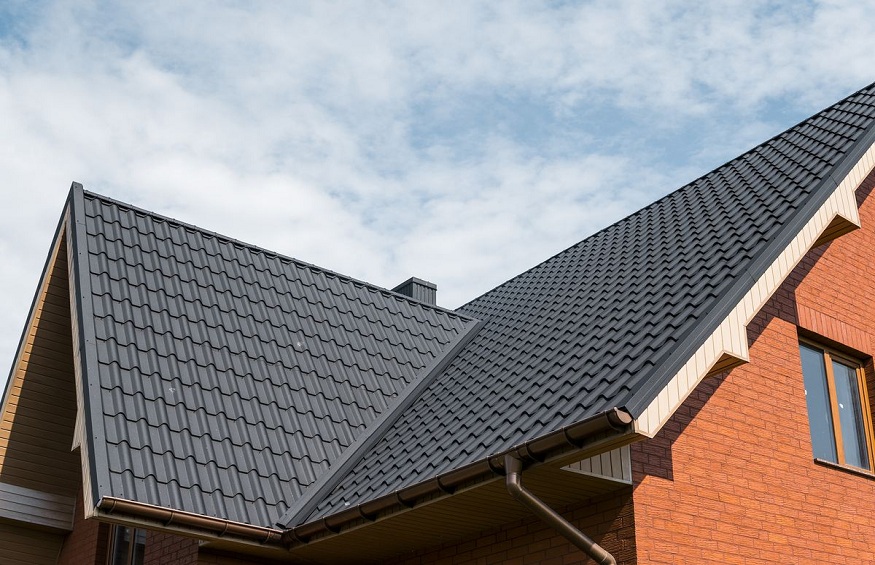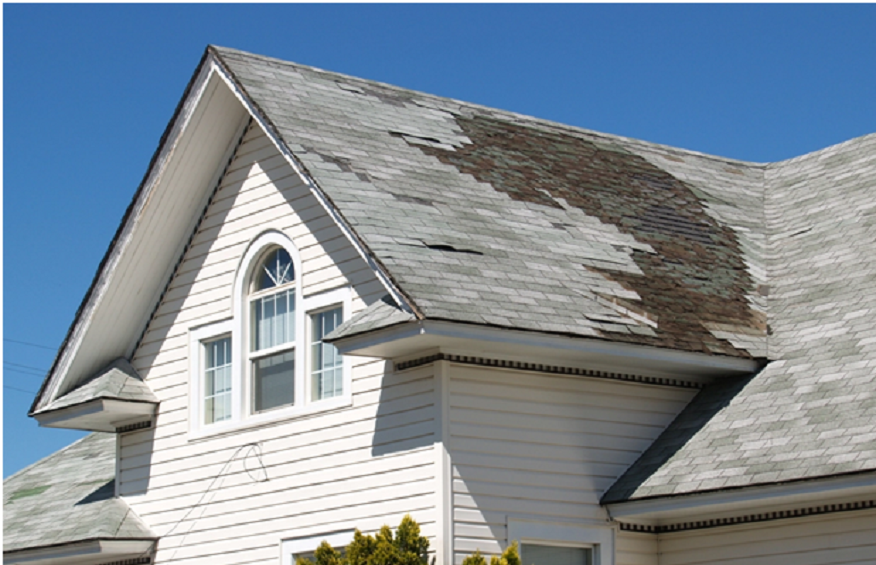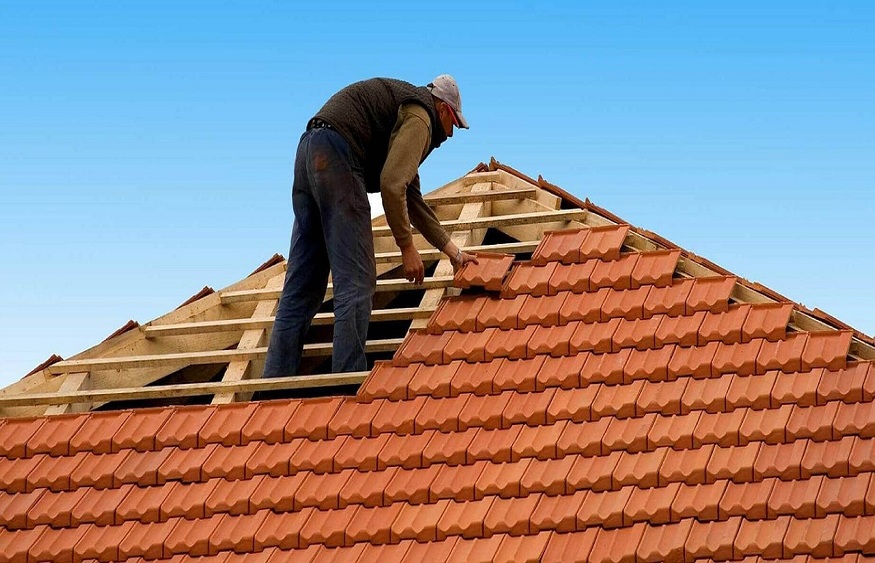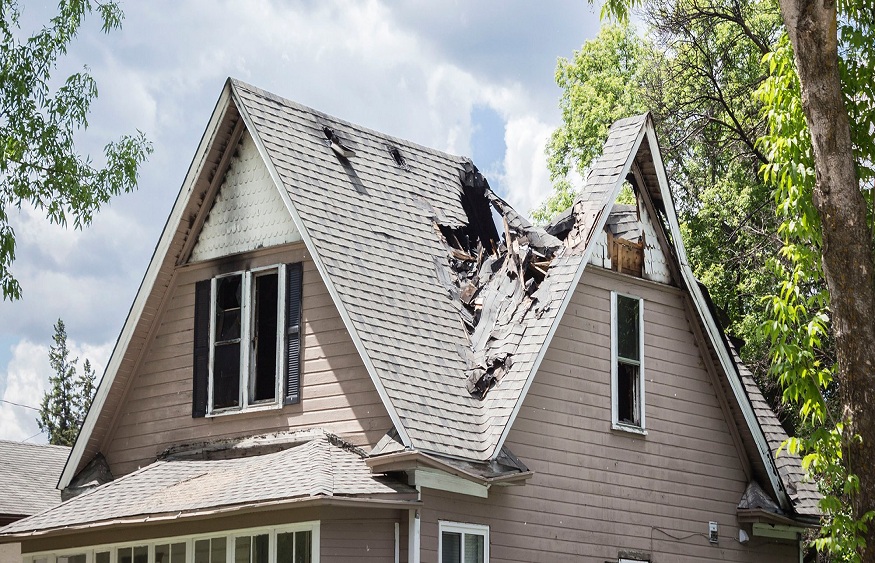Built-Up Roofing (BUR) systems represent a time-tested approach to roofing that has been a cornerstone of building construction for decades. These systems offer robust protection for structures and are an integral part of ensuring the longevity and functionality of any building’s infrastructure. BUR systems offer a range of advantages that have made them a popular choice in both commercial and residential construction. Their exceptional durability and resistance to wear and tear make them a cost-effective option in the long run. Moreover, their ability to handle foot traffic, resist UV rays, and withstand extreme weather conditions ensures the protection of the building and its occupants.
Installing a BUR system requires skilled professionals who understand the intricacies of the process. Proper installation is critical to ensuring the roof’s longevity and effectiveness. Regular maintenance, including inspections and minor repairs, can extend the life of a BUR system even further, making it a worthwhile investment for any property owner.
Components of BUR Systems
Multiple Layers for Durability
Built-Up Roofing Systems are renowned for their robust construction. They achieve this through the incorporation of multiple layers, a hallmark of their durability. These layers work in harmony to provide protection against the elements and extend the roof’s lifespan. Each layer has a specific purpose, from the base sheet that forms the foundation to the cap sheet that seals the deal. This layered approach ensures that BUR systems can withstand the harshest of weather conditions and maintain their integrity over time.
Core Materials
The core materials of BUR systems play an important role in their performance. Typically, these systems utilize asphalt-saturated felt as the core material. This felt, commonly referred to as roofing felt or underlayment, serves as a sturdy base upon which subsequent layers are applied. It provides a barrier against moisture and adds to the system’s strength. Additionally, fiberglass or organic materials are sometimes used in conjunction with the roofing felt to enhance durability and fire resistance. The choice of core materials can vary depending on specific project requirements and local building codes.
Surfacing Options
When it comes to surfacing options for BUR systems, there’s a versatility that allows for customization to suit various needs. Gravel, also known as ballast, is a classic surfacing option that adds weight and UV protection to the roof. This method is particularly effective in areas with high winds or extreme weather conditions. Alternatively, reflective coatings can be applied to improve energy efficiency and reduce cooling costs. These coatings come in various formulations, such as aluminum, elastomeric, or acrylic, offering a range of reflective and emissive properties. By selecting the right surfacing option, BUR systems can not only enhance their longevity but also contribute to energy savings and environmental sustainability.
Installation and Maintenance
Proper Installation Practices
To ensure your roof stands the test of time, meticulous attention to detail during the installation process is key. Proper installation practices involve the careful layering of roofing materials, typically alternating between bitumen and reinforcing fabrics. This creates a robust and watertight barrier that can withstand the elements. Ensuring that each layer is securely adhered and free of wrinkles or bubbles is essential. Additionally, proper flashing and sealing around roof penetrations, such as vents and chimneys, are vital to prevent potential leaks. Hiring experienced roofing professionals who understand these nuances is crucial to achieving a reliable Built-Up Roofing System.
Regular Maintenance Requirements
While these roofs are known for their durability, routine upkeep is essential to address wear and tear over time. Regular inspections should be conducted to identify any signs of damage, such as blistering, cracks, or loose seams, which can compromise the integrity of the roof. Addressing these issues promptly can prevent costly repairs down the road. Additionally, keeping the roof clean of debris, leaves, and other materials is essential to prevent drainage issues and maintain proper water flow. Ensuring that drainage systems, such as gutters and downspouts, are clear and functioning correctly is also part of regular maintenance.
Advantages and Disadvantages
Benefits of BUR Systems
First and foremost, BUR systems are renowned for their exceptional durability and longevity. They can withstand harsh weather conditions, UV radiation, and foot traffic, making them a cost-effective option over the long term. Additionally, BUR roofs provide excellent insulation, helping to regulate indoor temperatures and reduce energy consumption, ultimately leading to lower utility bills. Their versatility allows for customization with various materials, including gravel, asphalt, or reflective coatings, ensuring they meet specific performance and aesthetic requirements. Moreover, BUR systems are relatively easy to maintain, with periodic inspections and minor repairs prolonging their lifespan significantly.
Potential Drawbacks
While Built-Up Roofing (BUR) systems offer numerous benefits, there are also some potential drawbacks to consider. One notable drawback is the weight of BUR systems, which can be quite substantial due to the multiple layers involved. This weight may necessitate additional structural support, adding to the overall cost of installation. Another concern is the labor-intensive installation process, which can be time-consuming and, therefore, costly. Additionally, BUR roofs may not be the best choice for buildings with a low-sloped roof design, as they can be prone to water ponding, potentially leading to leaks if not properly maintained. Lastly, the use of hot asphalt during installation poses safety risks, and proper precautions must be taken to minimize these dangers.
Built-Up Roofing (BUR) systems are a time-tested roofing solution known for their durability and versatility. With multiple layers, core materials designed for resilience, and customizable surfacing options, BUR systems offer robust protection for buildings. Proper installation and regular maintenance are crucial for maximizing their longevity. While they provide excellent insulation and energy efficiency benefits, potential drawbacks include their weight, labor-intensive installation, and considerations for low-sloped roofs. Overall, BUR systems remain a reliable choice for property owners seeking long-term roof performance and protection.
Publisher’s Details:
Atlas Roofing
22731 Schoolcraft St, West Hills, CA 91307
(866) 343-0686
atlasroofingpro.com
[email protected]
Stay up-to-date with the latest roofing trends by checking out Atlas Roofing’s interesting blog post titled “Top Roofing Trends You Should Read About.” And if you’re in need of the best roof repair services in Glendale, California, Atlas Roofing has you covered with their remarkable services.

